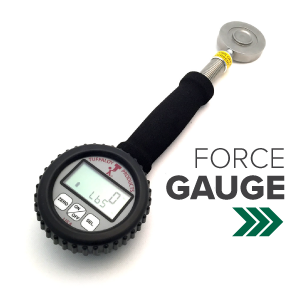Cause: Weld Force High
The interfacial welding force is more than that required by the applicable specification.
Description
Weld force brings the metal between the electrodes together and provides electrical continuity, the required welding pressure, and forging force, so that a weld may be generated. The higher the force, the lower the interfacial resistances, resulting in lower heat generation at the tip to sheet and sheet to sheet interfaces.
On a microscopic scale, the surfaces of electrodes and workpieces consist of peaks and valleys. When subjected to high force, the metal-to-metal peaks will be largely flattened. The resulting contact area is more than that produced by an appropriate force. Contact resistance will therefore be lower, causing a lower amount of heat to be generated.
Measured weld force: That value of weld force set, for example, using a force gauge, before the workpiece is introduced.
Interfacial weld force: That force actually present at the sheet to sheet interface. This is equal to the measured weld force minus the force required to overcome poor fit up.
Detection
The condition may be indicated by:
Significance
Quality, Workplace Issues, Cost, Downtime, Maintenance, Throughput (cycle time; PPH), are all potentially affected by this condition.
Subordinate Causes
- Faulty air pressure gauge reading
- Improper weld force set
- Inadequate operator training
- Incorrect use of schedule table





